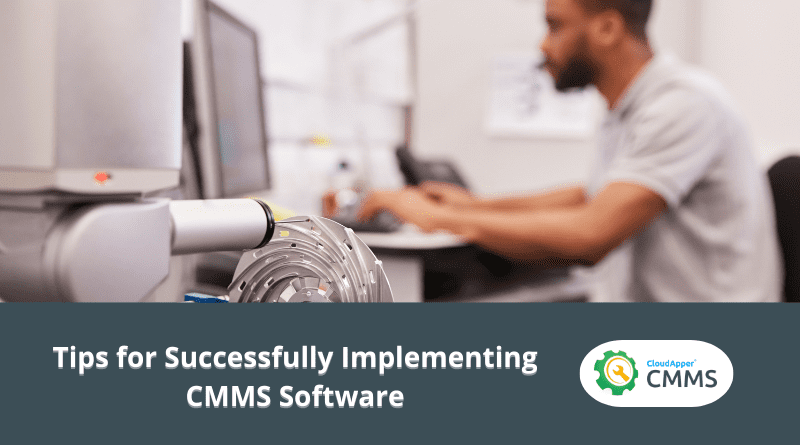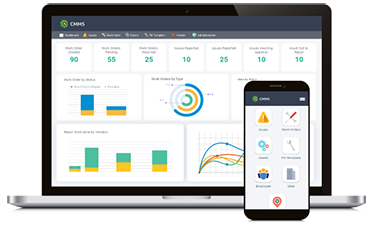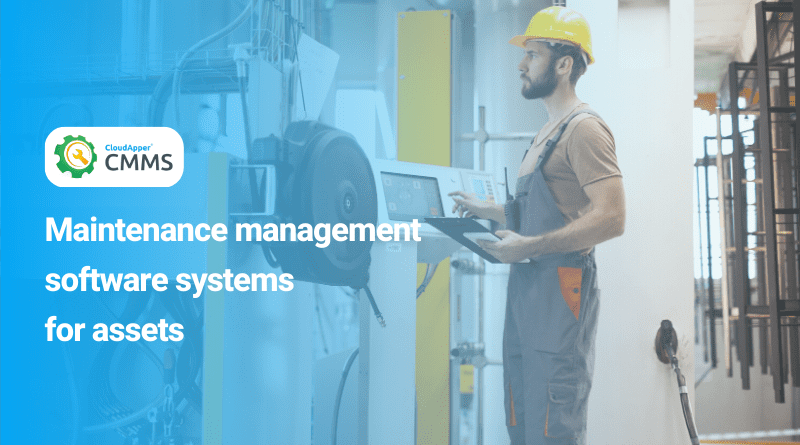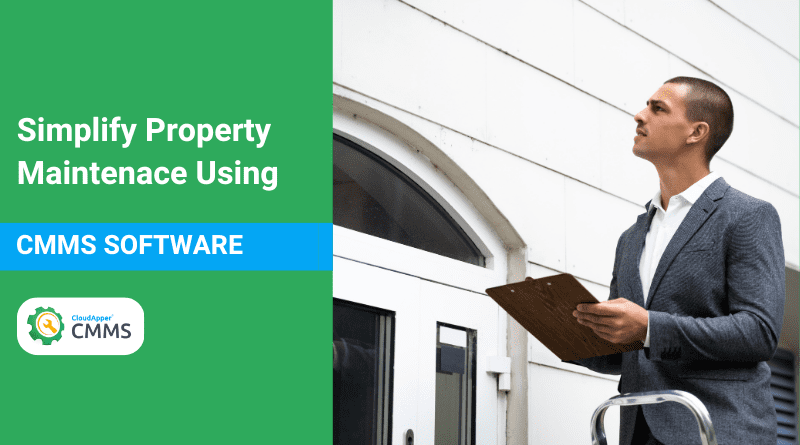CMMS software can be implemented in any organization and it does no matter how big or small the organization is. The CMMS implementation process seems complicated, and that’s why many organizations back out of implementing CMMS software. The truth is, it is not that complicated at all. In this article, we will try to break down the CMMS implementation process.
The Process of CMMS Implementation
The process of implementing CMMS software is lengthy. It’s not unusual to spend a considerable amount of time evaluating several providers’ prices, features, and user-friendliness before settling on a single one. Having made the proper decision is like having a great weight lifted off your shoulders. It’s finally time to relax and wait for the outcome, right?
Actually, that’s not quite true, as many IT projects fail, and the percentage is quite staggering. While implementing CMMS software, you need to consider the following.
1. Clarify Goals
The first thing you need to do is decide what you want to get out of your CMMS software. Is it your asset’s information? Maybe you want to reduce downtime. Whatever it is, you need to define what success looks like for your company.
2. Define Process
Now you need to define the process of your facility and cross-match it with the flow of the CMMS software. We understand each facility has its own process and not all CMMS software will be well-suited for your facility. You need to select a CMMS software that is well-matched with your facility and goals.
3. Define Culture
In other words, if the company doesn’t have the correct culture, the plan won’t succeed. Make sure that all repair requests are properly documented, that failures are properly investigated to determine their causes, and that critical pieces of equipment are identified and prioritized. When a CMMS is put into place, these responsibilities must be done regularly because this sets a standard for accountability.
Tips for Successfully Implementing CMMS Software
1. Migration of Data
The degree of difficulty in the migration of data is directly proportional to the amount of preparation that goes into it. A facility, for instance, may be in for a harsh shock on the day of implementation if they anticipate everything will go well during the transfer without first sorting through their data. That’s why it’s important to have a separate team for migration.
2. Team Sync
Set a feasible launch date and communicate it to all teams involved. It is crucial to be in close contact with key stakeholders throughout the implementation process to ensure that their area receives the necessary focus. These checks are essential to ensure that the CMMS is always being monitored. The CMMS supplier should also be contacted for updates. Your account manager is a great resource for keeping you on track to finish the rollout on schedule.
3. Well-Trained
Find out what kinds of records are missing, and then create them. It can be training courses, operation manuals, FAQs, and more. Make use of the vendor’s training resources, if any are available. If not, schedule time for workers to go through training manuals. Technical writers’ contributions to the development of content throughout implementation help ensure that documentation is always accurate.
Implementation of CloudApper CMMS
Cloudapper CMMS is one of the most adaptable and versatile CMMS solutions available today. The software can be hosted in the cloud as well as on-premise. The best part is that you do not need to alter your current processes, as the software can be bent to fit the needs of any facility. Apart from inputting data, you do not need to go through any kind of hassle, as the CloudApper team will help you to make any kind of customization you need – contact us now to know how we can help.
What is CloudApper AI Platform?
CloudApper AI is an advanced platform that enables organizations to integrate AI into their existing enterprise systems effortlessly, without the need for technical expertise, costly development, or upgrading the underlying infrastructure. By transforming legacy systems into AI-capable solutions, CloudApper allows companies to harness the power of Generative AI quickly and efficiently. This approach has been successfully implemented with leading systems like UKG, Workday, Oracle, Paradox, Amazon AWS Bedrock and can be applied across various industries, helping businesses enhance productivity, automate processes, and gain deeper insights without the usual complexities. With CloudApper AI, you can start experiencing the transformative benefits of AI today. Learn More

















